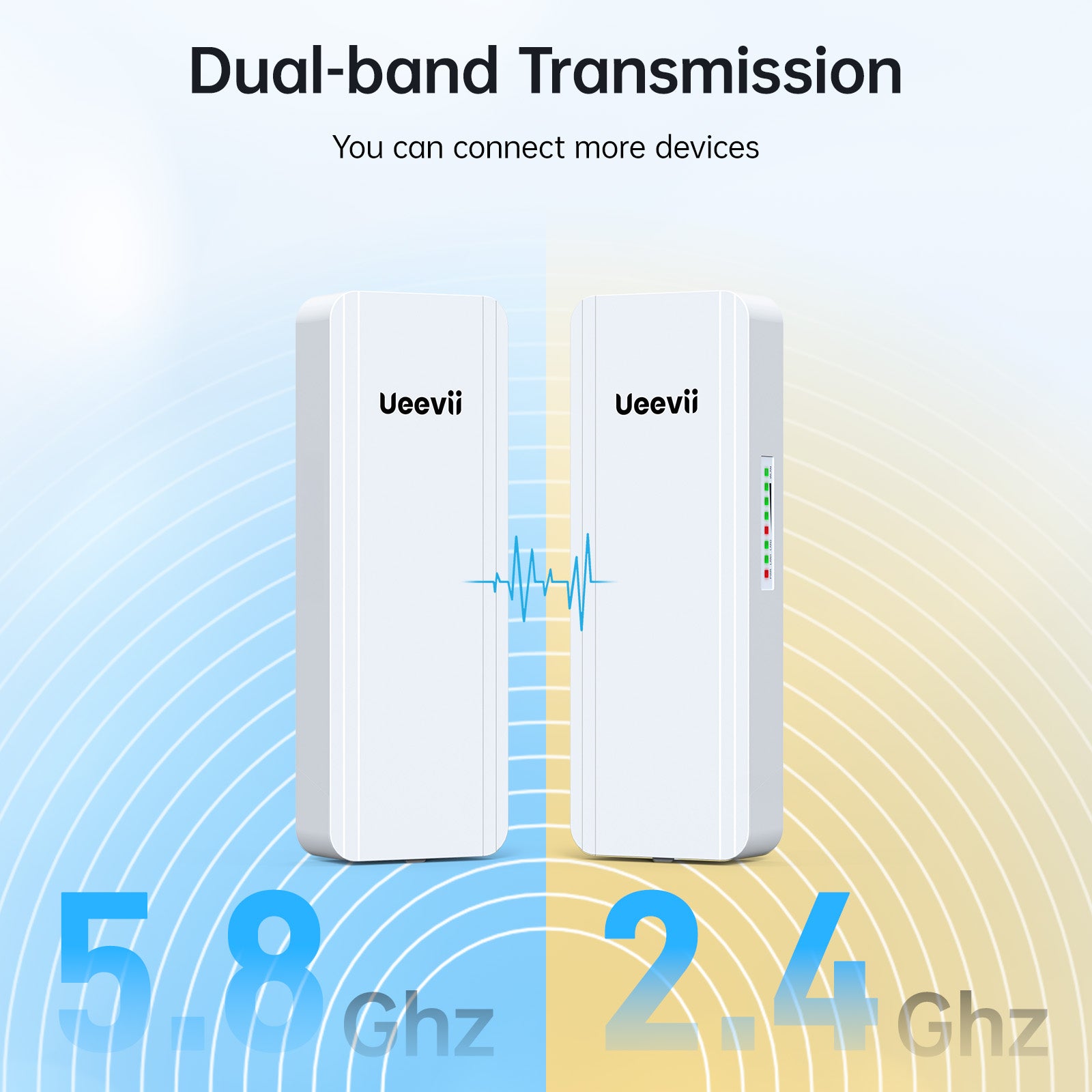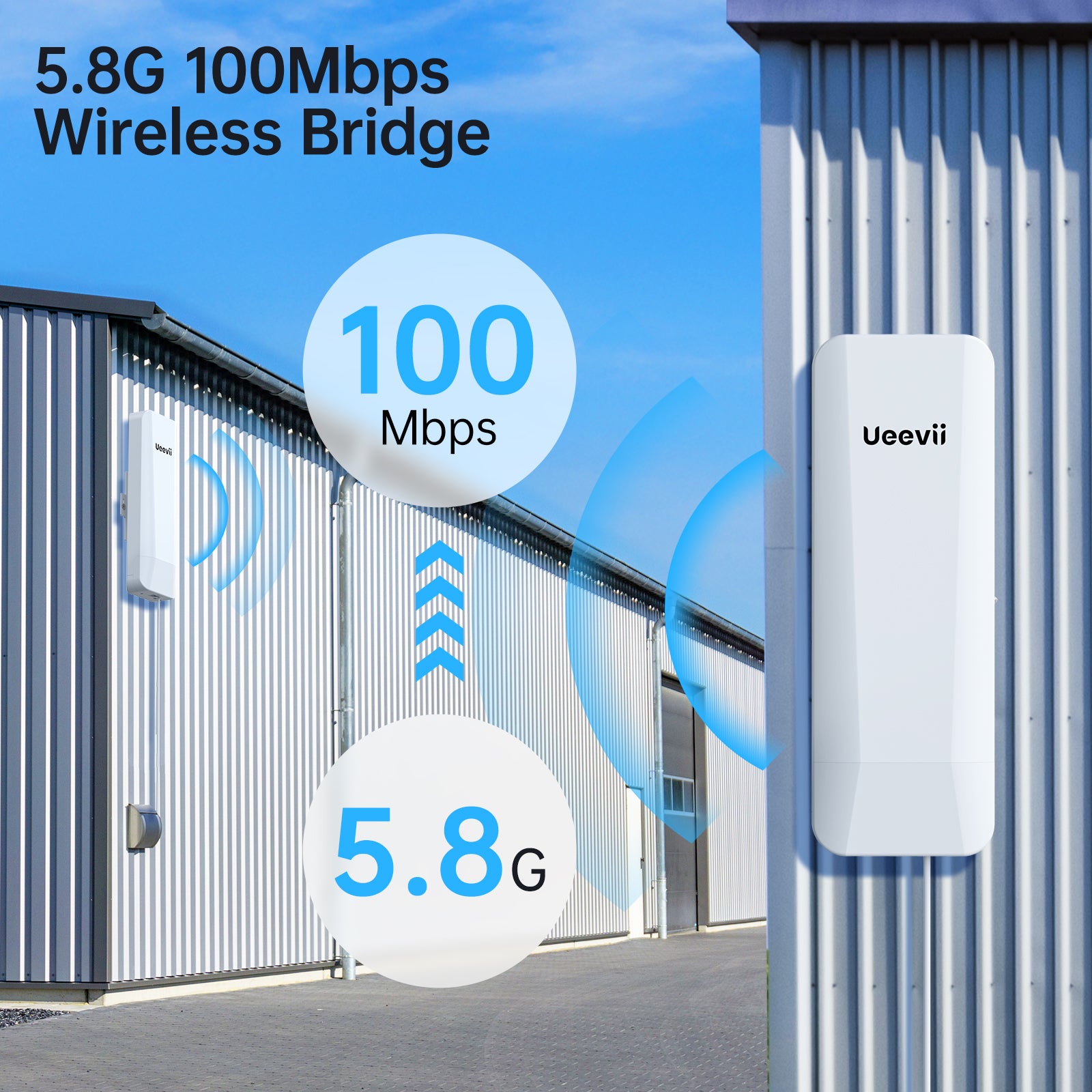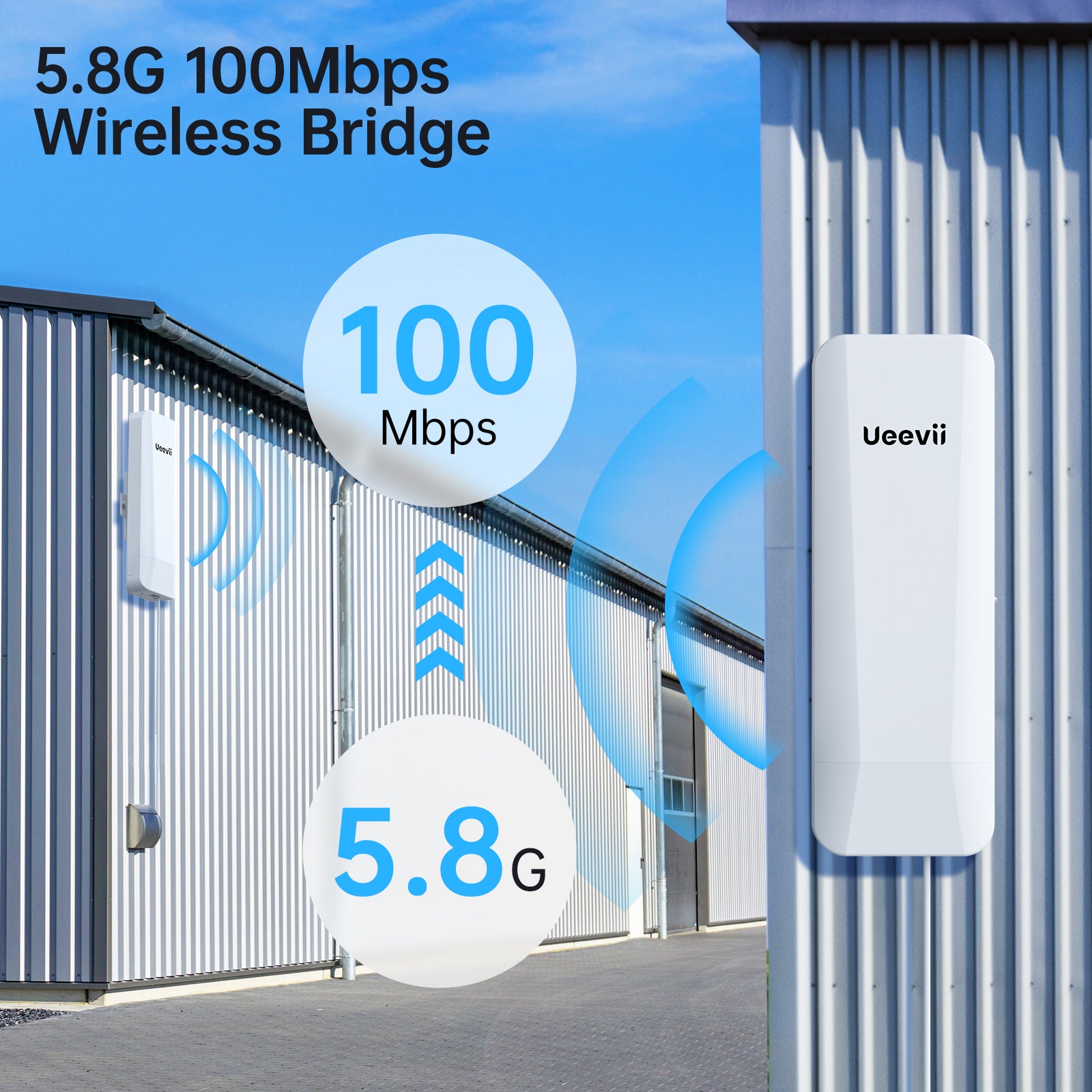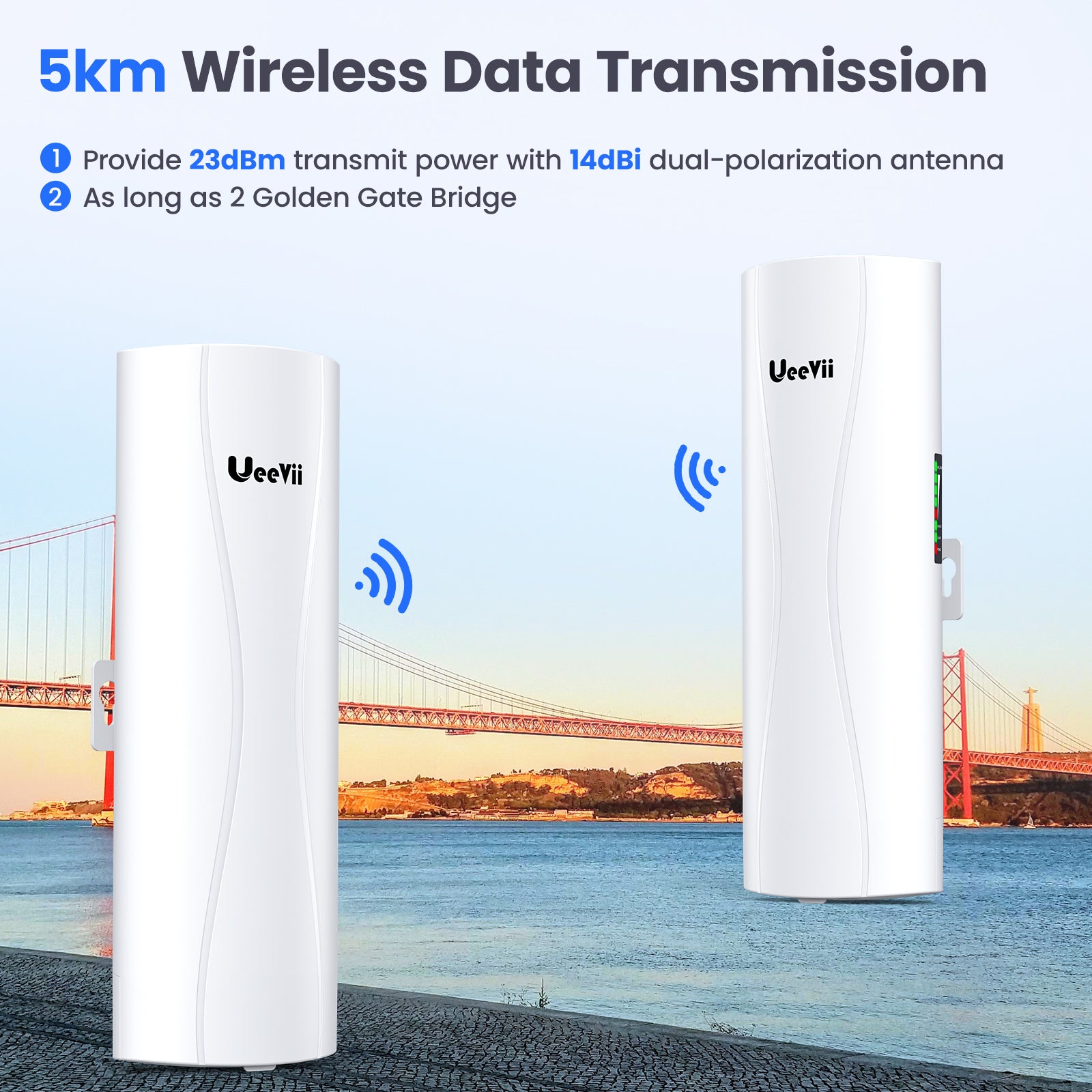Understanding Wireless Bridges and Their Significance in Modern Industry
The Basics of Wireless Bridges: Technology and Functionality
Wireless bridges act as key connectors in networks. They link separate network segments. This allows data to flow across different areas without cables. Such bridges use high-frequency radio waves for this. They can send data over long distances. A gigabit wireless bridge provides even faster data transfer speeds. It supports heavy data usage. This includes activities like video streaming and large file transfers.

Trends and Innovations in Wireless Bridge Technology
Cutting-Edge Developments in Wireless Bridges
Recent advancements in wireless bridges are driving industry growth across the U.S. These innovations offer faster and more reliable connections which are essential for industrial operations. Among the cutting-edge developments, we're seeing gigabit wireless bridges that deliver ultra-fast data speeds. These technologies reduce latency and increase efficiency. Another key innovation is enhanced security features to protect sensitive industrial data. In addition, energy-efficient models are emerging, prioritizing sustainability in the industry.
Navigating the Future: Strategies for Businesses to Leverage Wireless Bridges
Preparing for a Wireless-Enabled Workforce: Training and Resources
To harness the power of wireless bridges, businesses must prepare their workforce. This involves offering training that simplifies complex concepts. Staff should learn about gigabit wireless bridge tech and its use. Resources like online courses and workshops can be vital. They help teams understand wireless bridge integration. In-house training programs can focus on company-specific needs. Partnering with tech firms for advanced learning is also wise. This ensures a smooth tech transition and keeps companies competitive.



















